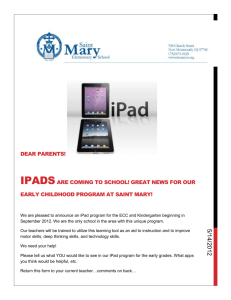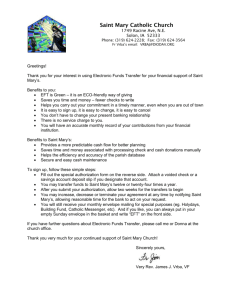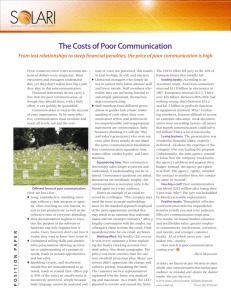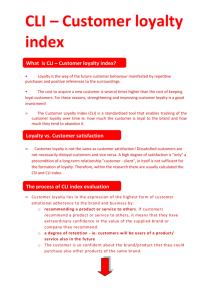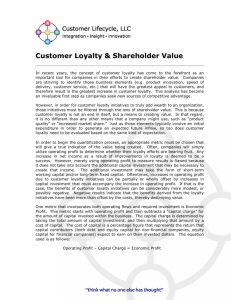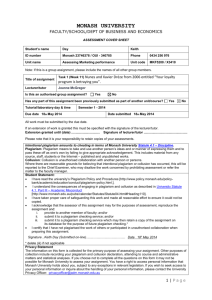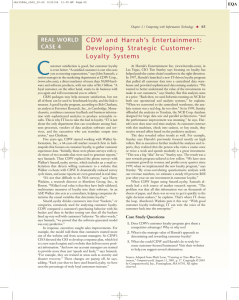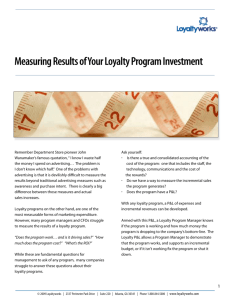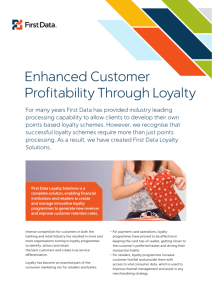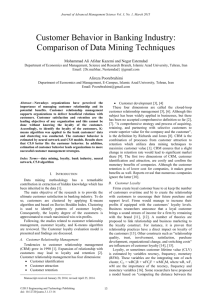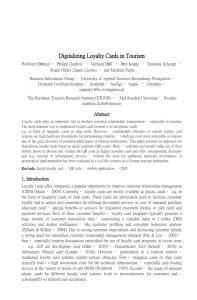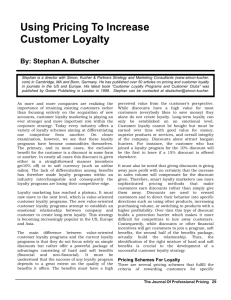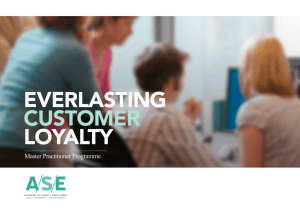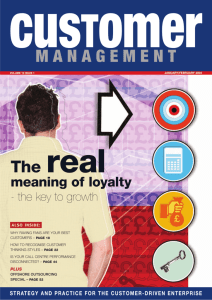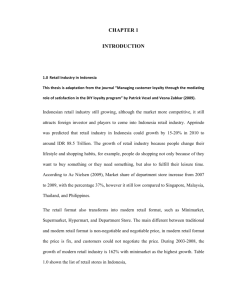Detecting customer loyalty and potential
advertisement
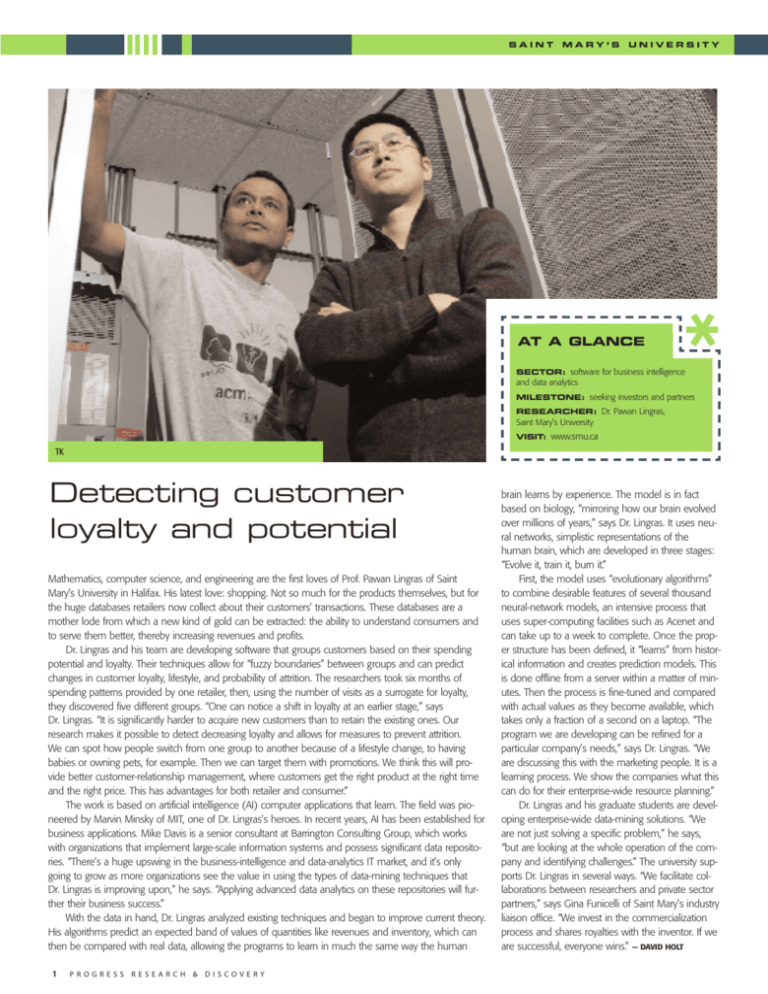
SAINT MARY’S UNIVERSITY AT A GLANCE SECTOR: software for business intelligence and data analytics MILESTONE: seeking investors and partners RESEARCHER: Dr. Pawan Lingras, Saint Mary’s University VISIT: www.smu.ca TK Detecting customer loyalty and potential Mathematics, computer science, and engineering are the first loves of Prof. Pawan Lingras of Saint Mary’s University in Halifax. His latest love: shopping. Not so much for the products themselves, but for the huge databases retailers now collect about their customers’ transactions. These databases are a mother lode from which a new kind of gold can be extracted: the ability to understand consumers and to serve them better, thereby increasing revenues and profits. Dr. Lingras and his team are developing software that groups customers based on their spending potential and loyalty. Their techniques allow for “fuzzy boundaries” between groups and can predict changes in customer loyalty, lifestyle, and probability of attrition. The researchers took six months of spending patterns provided by one retailer, then, using the number of visits as a surrogate for loyalty, they discovered five different groups. “One can notice a shift in loyalty at an earlier stage,” says Dr. Lingras. “It is significantly harder to acquire new customers than to retain the existing ones. Our research makes it possible to detect decreasing loyalty and allows for measures to prevent attrition. We can spot how people switch from one group to another because of a lifestyle change, to having babies or owning pets, for example. Then we can target them with promotions. We think this will provide better customer-relationship management, where customers get the right product at the right time and the right price. This has advantages for both retailer and consumer.” The work is based on artificial intelligence (AI) computer applications that learn. The field was pioneered by Marvin Minsky of MIT, one of Dr. Lingras’s heroes. In recent years, AI has been established for business applications. Mike Davis is a senior consultant at Barrington Consulting Group, which works with organizations that implement large-scale information systems and possess significant data repositories. “There’s a huge upswing in the business-intelligence and data-analytics IT market, and it’s only going to grow as more organizations see the value in using the types of data-mining techniques that Dr. Lingras is improving upon,” he says. “Applying advanced data analytics on these repositories will further their business success.” With the data in hand, Dr. Lingras analyzed existing techniques and began to improve current theory. His algorithms predict an expected band of values of quantities like revenues and inventory, which can then be compared with real data, allowing the programs to learn in much the same way the human 1 PROGRESS RESEARCH & DISCOVERY brain learns by experience. The model is in fact based on biology, “mirroring how our brain evolved over millions of years,” says Dr. Lingras. It uses neural networks, simplistic representations of the human brain, which are developed in three stages: “Evolve it, train it, burn it.” First, the model uses “evolutionary algorithms” to combine desirable features of several thousand neural-network models, an intensive process that uses super-computing facilities such as Acenet and can take up to a week to complete. Once the proper structure has been defined, it “learns” from historical information and creates prediction models. This is done offline from a server within a matter of minutes. Then the process is fine-tuned and compared with actual values as they become available, which takes only a fraction of a second on a laptop. “The program we are developing can be refined for a particular company’s needs,” says Dr. Lingras. “We are discussing this with the marketing people. It is a learning process. We show the companies what this can do for their enterprise-wide resource planning.” Dr. Lingras and his graduate students are developing enterprise-wide data-mining solutions. “We are not just solving a specific problem,” he says, “but are looking at the whole operation of the company and identifying challenges.” The university supports Dr. Lingras in several ways. “We facilitate collaborations between researchers and private sector partners,” says Gina Funicelli of Saint Mary’s industry liaison office. “We invest in the commercialization process and shares royalties with the inventor. If we are successful, everyone wins.” — DAVID HOLT

